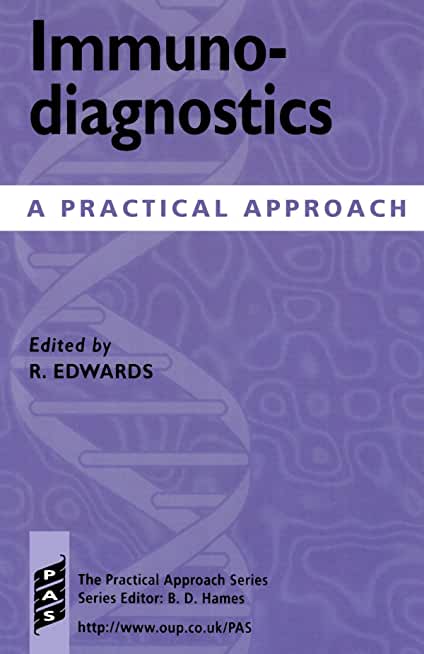
description
2Immunodiagnostic tests are analytical methods that use antibodies as reagents whose results are used to aid diagnosis and are widely used in many scientific disciplines and in many different ways. Perhaps the most widespread and obvious use is in clinical applications, but immunodiagnostic tests are also used in other fields such as forensic science and environmental and food analysis. The different types of test range from simple manual methods to fully automated systems with sophisticated integrated detection. Immunodiagnostics: A Practical Approach starts off by explaining the principles and development of immunodiagnostic tests, specifically the use of radioisotopes as tracers. Chapter 2 explains the use of solid-phase supports to bind immunoreagents. Enzymes are widely used as labels in immunoassays and their use with colourimetric, fluorimetric, and chemiluminescent detection systems is described. The use of enzymes as labels reflects the move away from radioisotopes and one of the most powerful non- radioisotopic procedures is the time-resolved fluorescence assay. Enzymes can also be used as a simple method of obtaining high performance from immunodiagnostics and this application is covered later in the book. The next set of techniques to be described are light scattering techniques, which can be used in either simple manual assays or in sophisticated automated procedures. The penultimate chapter describes the principles of automation of immunodiagnostic tests. The last topic to be discussed is that of quality assurance.
member goods
No member items were found under this heading.
Return Policy
All sales are final
Shipping
No special shipping considerations available.
Shipping fees determined at checkout.







